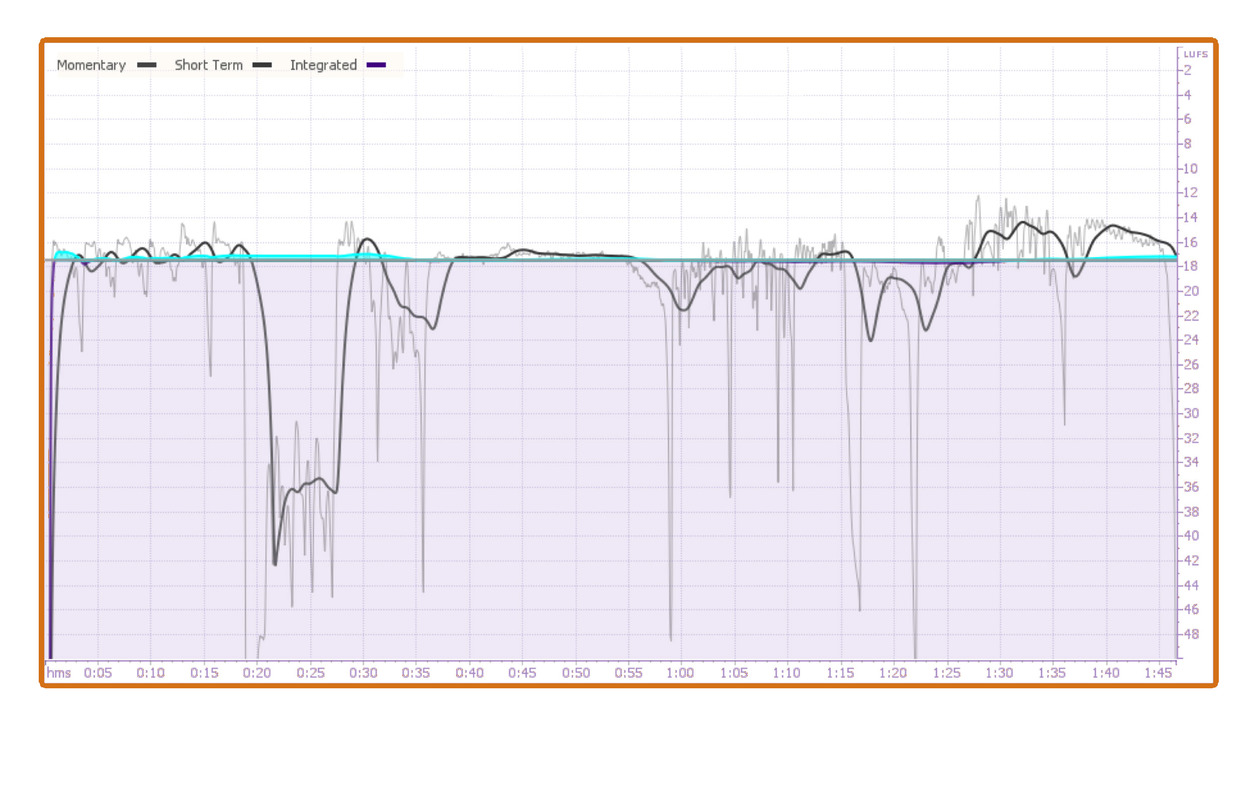Linear Acoustic: APTO at IBC 2016

File-based and real-time workflows require a unique approach. Sound quality must be preserved, while loudness levels must be maintained within comfortable ranges, and the overall average level must meet the recommended target. Monophonic, stereophonic and multichannel audio assets need to be assessed and aligned properly, even when down-scaling is applied.
Linear Acoustic APTO technology, APTO.file and APTO.stream, aim to fulfill all expectations and offer a single toolkit to exactly achieve the goals that high-quality audio deserves throughout the whole broadcast chain, from production to playout to ultimately the viewer.
Linear Acoustic APTO includes both file-based and real-time processing that allows the content owner, the distributor or the broadcaster to comfortably pursue adaptation of any content, anytime, and in any operational scenario to provide the viewer with the best possible listening experience. It supports mono to 7.1 audio formats and implements all international loudness recommendations, including dialog-based normalization.
The algorithm architecture includes a Loudness Analysis block. The Loudness Analysis block uses real-time loudness assessments of the sound source based on psychoacoustic models that analyze in real-time all main aspects involved in human hearing: frequency, intensity, duration and sound source direction. It extracts the loudness components of the audio asset and intelligently adapts them in order to produce a comfortable listening experience with consistent average levels. Unlike other solutions, APTO architecture relies on sophisticated, optimized processing that is capable of properly defining the ideal amount of required adaptation. This “no-compromise” approach results in artifact-free audio.
The Loudness Analysis block, then provides the data to the Loudness Adaptation block. The adaptation is based on computational algorithms that aim to reduce the loudness modulation in real-time in order to maintain the foreground sounds within the listening “comfort zone.” The amount of adaptation is defined in real-time according to the incoming level and predetermined profiles, which include universal and genre-oriented modules as well as dialog-centric or agnostic adaptation.
The current profile lists for APTO.file include movie adaptation (theatrical mixes to broadcast), broadcast, radio (consistent radio levels), streaming requirements, news dialog consistency, FICAM audio requirements and inflight entertainment (loudness and dialog consistency for inflight entertainment).
The applications for APTO.stream include EBU-R128, ATSC/A85, FreeTV OP59, ARIB TR-B32, general broadcast/TV broadcast, radio broadcast, streaming requirements, home-cinema adaptation, enhance listening in gaming and improving earphone listening.
The smarter way to stay on top of broadcasting and cable industry. Sign up below
Depending on source level, distribution platform, and the target loudness values, APTO will detect the specific amount of loudness correction required by acting on the micro- and macro-dynamic modulations in the signal. The result is comfortable listening with consistent average levels and increased dialog intelligibility, especially on devices where that aspect might be critical.
Finally, after the source audio is adapted, it is again measured and aligned according to the international recommendation standards, such as ITU-R.BS1770-4, or according to additional dialog detection measurements.
APTO can be integrated in an automated workflow, or accessed through control panel that sets the amount of targeted adaptation. This feature is available as an end-user device application that allows customization of the listening experience to taste. By handling loudness metadata, including Loudness Status, Program Level, Dialog Level, Loudness Range, Real-Time Loudness Level and Program Duration, the APTO ecosystem effortlessly keeps full control of any audio transmission while complying with international recommendations.
